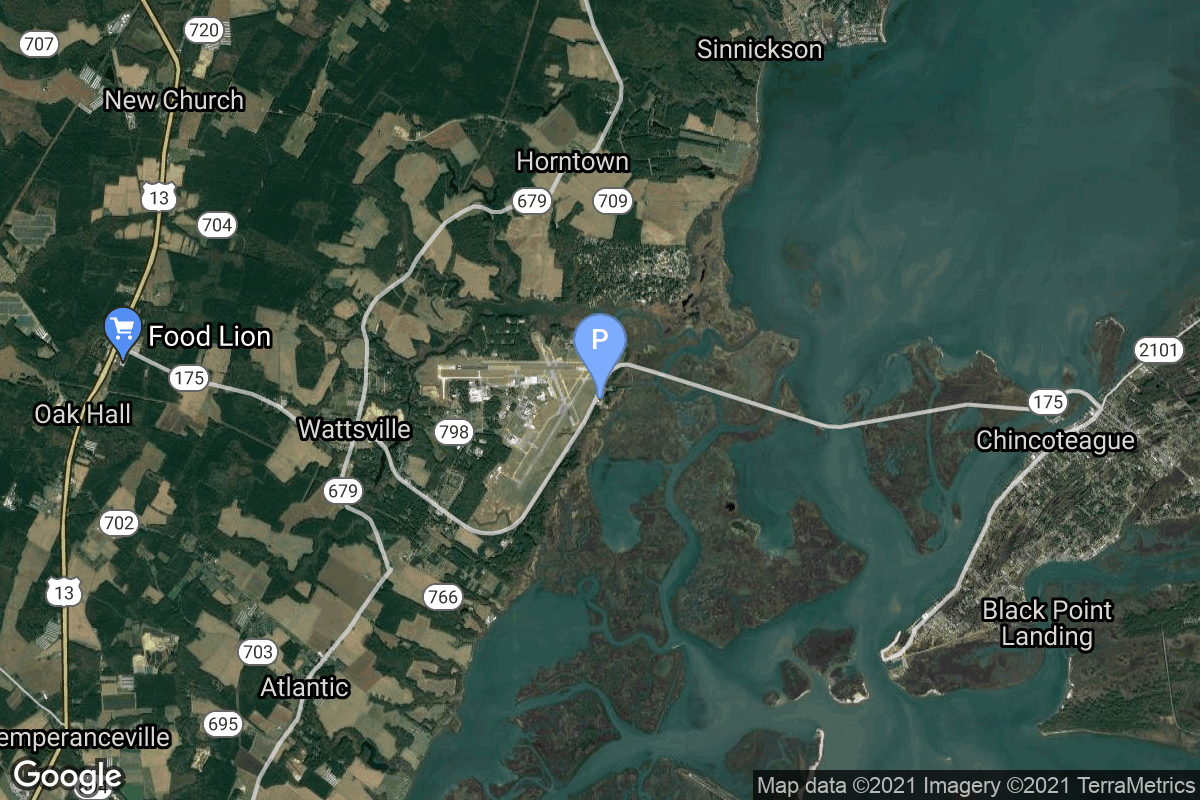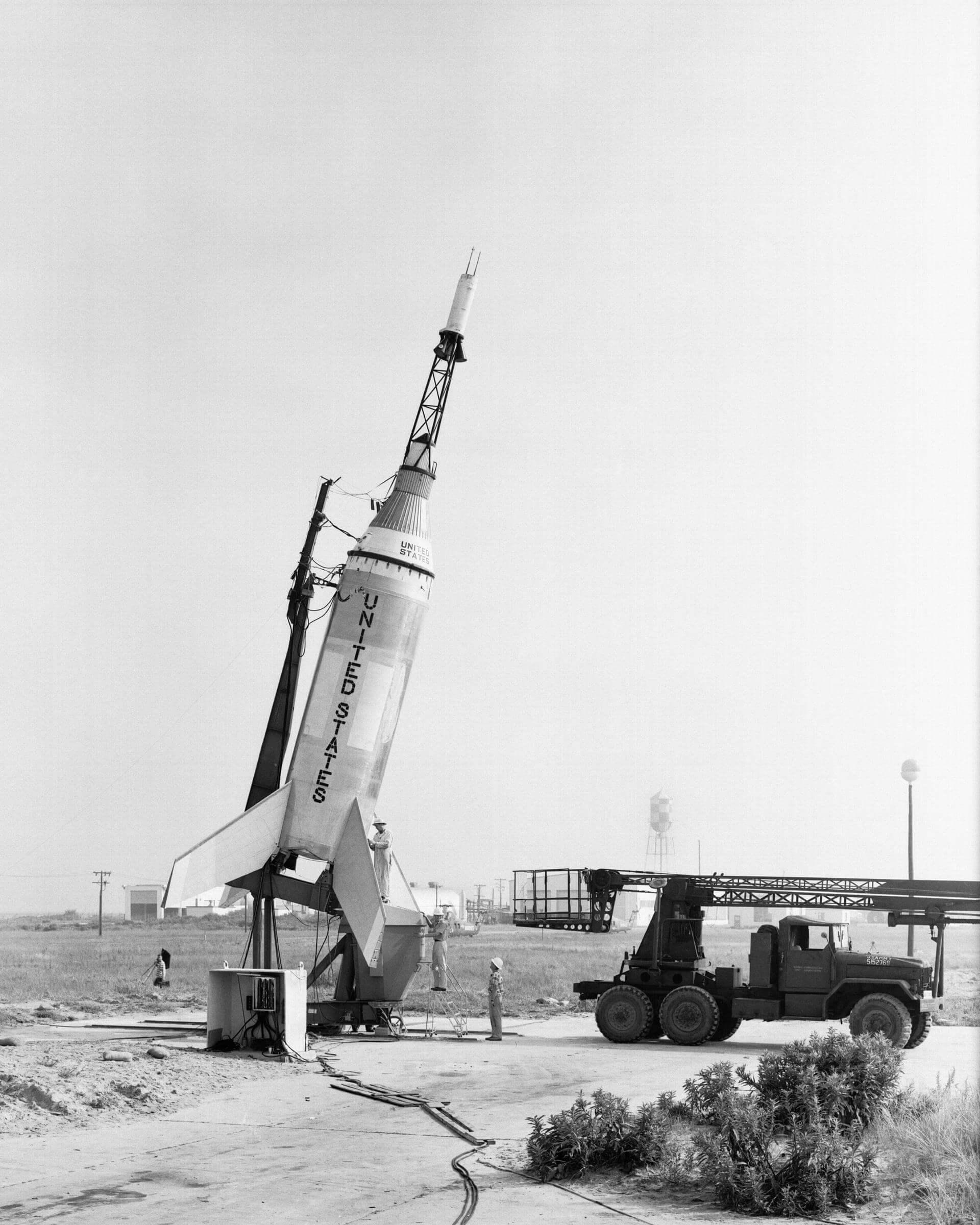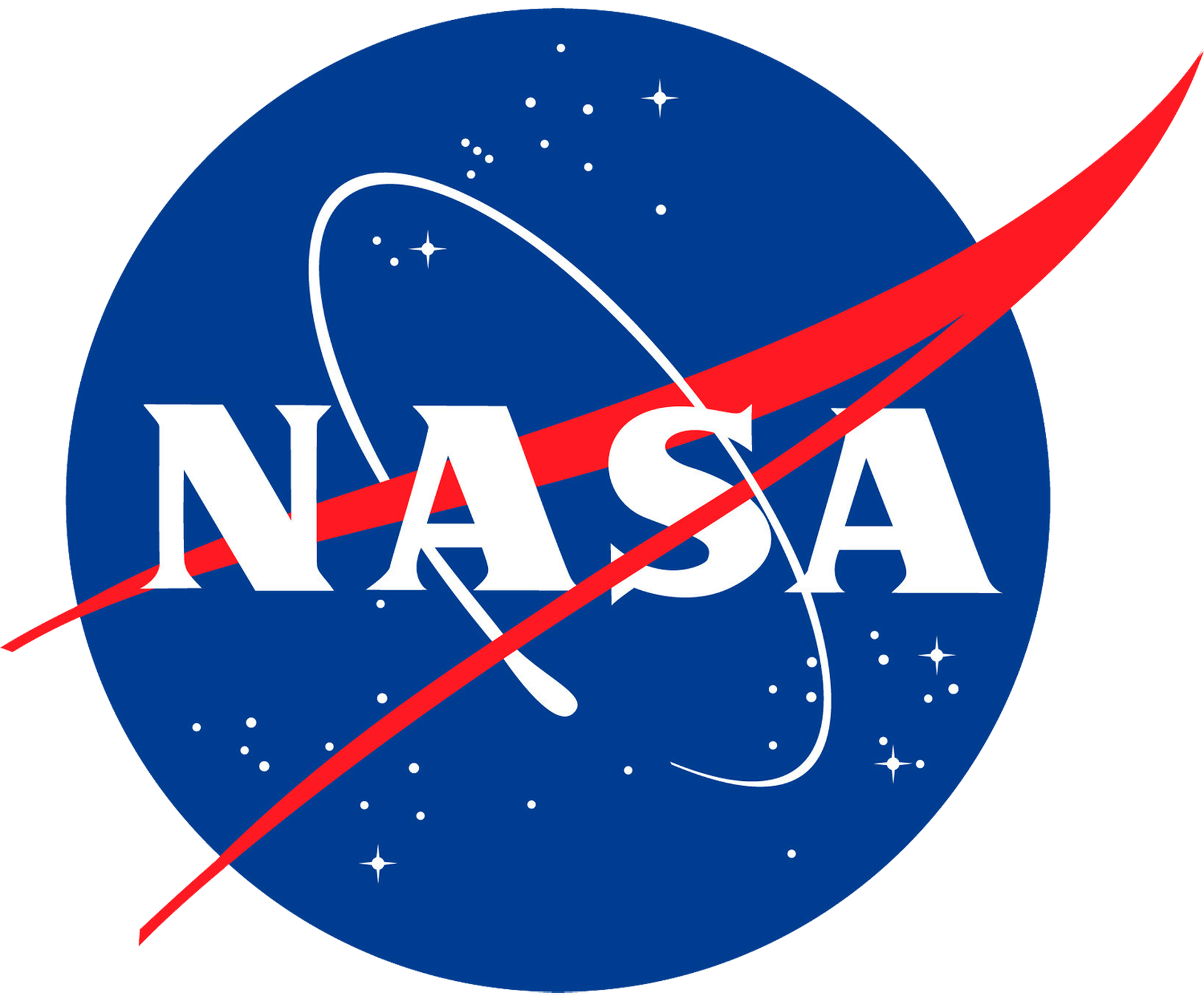LJ-1
Little Joe
National Aeronautics and Space Administration
Launch Status
FailureMission
LJ-1
- Type: Test Flight
- Orbit: Suborbital
Little Joe 1 (LJ-1) was a failed launch of a Little Joe by NASA, a solid fuel rocket that was designed for a Max Q abort and Launch Escape System test for Mercury capsule. The objective was to determine how well the escape rocket would function under the most severe dynamic loading conditions anticipated during a Mercury-Atlas launching.
Location
Rocket
Agency
National Aeronautics and Space Administration
The National Aeronautics and Space Administration is an independent agency of the executive branch of the United States federal government responsible for the civilian space program, as well as aeronautics and aerospace research. NASA have many launch facilities but most are inactive. The most commonly used pad will be LC-39B at Kennedy Space Center in Florida.


